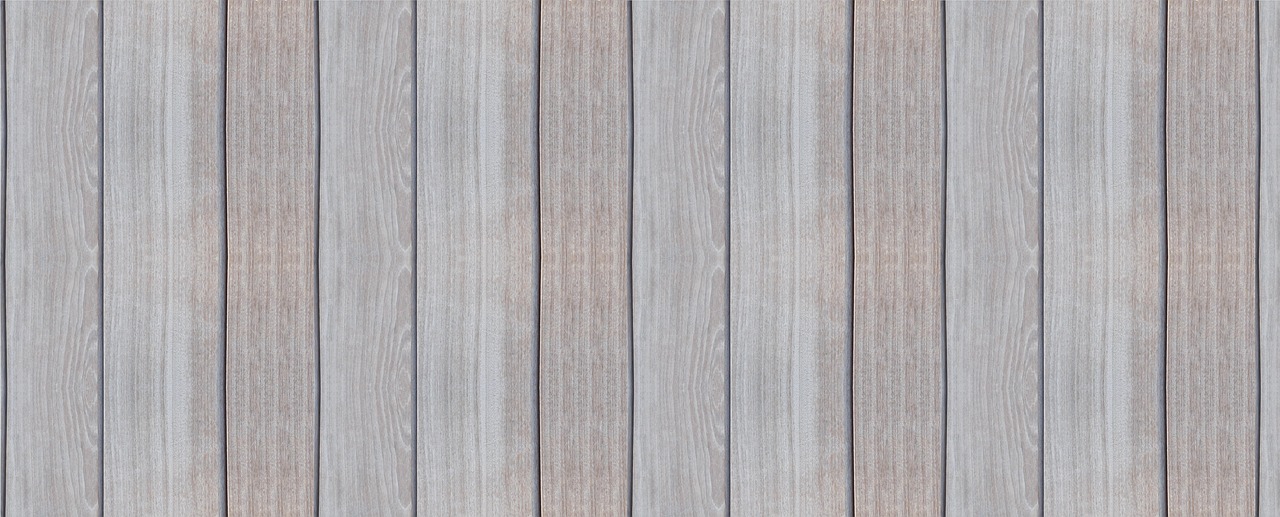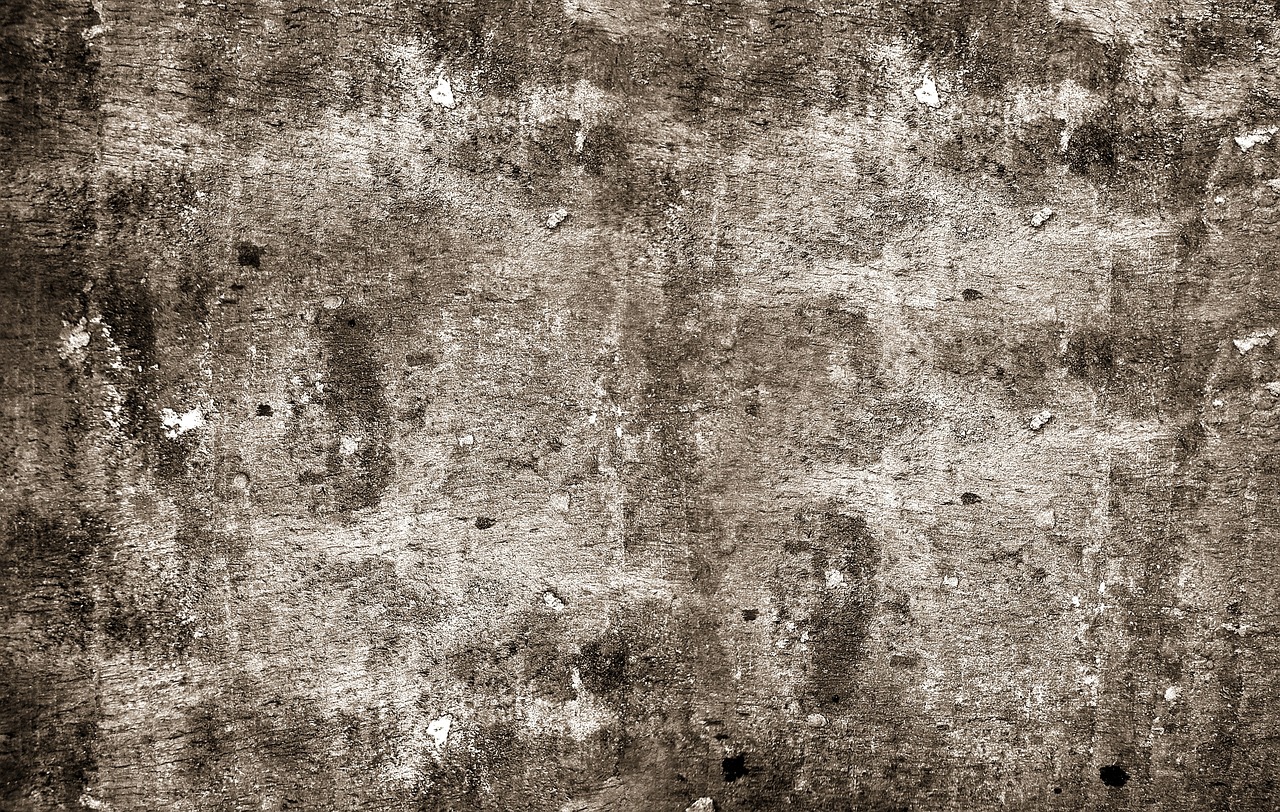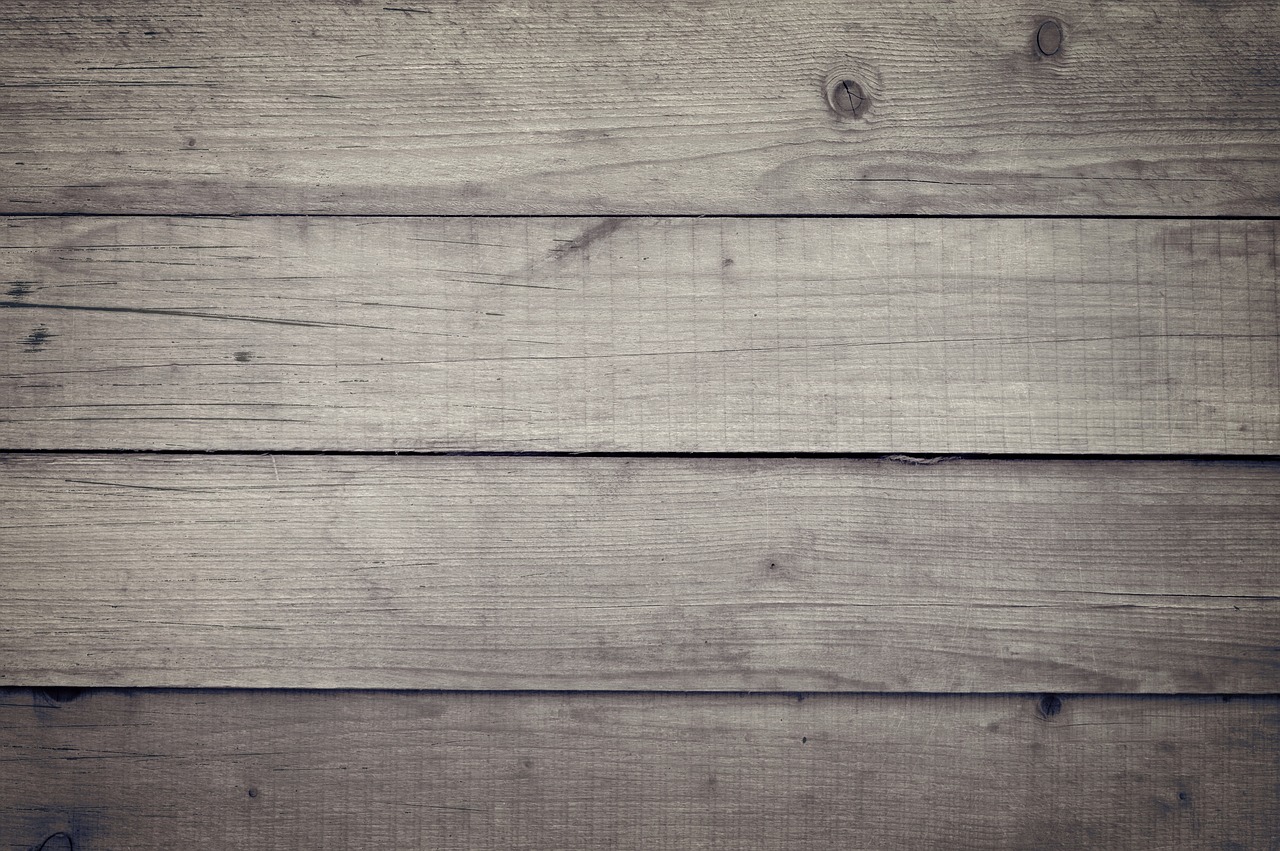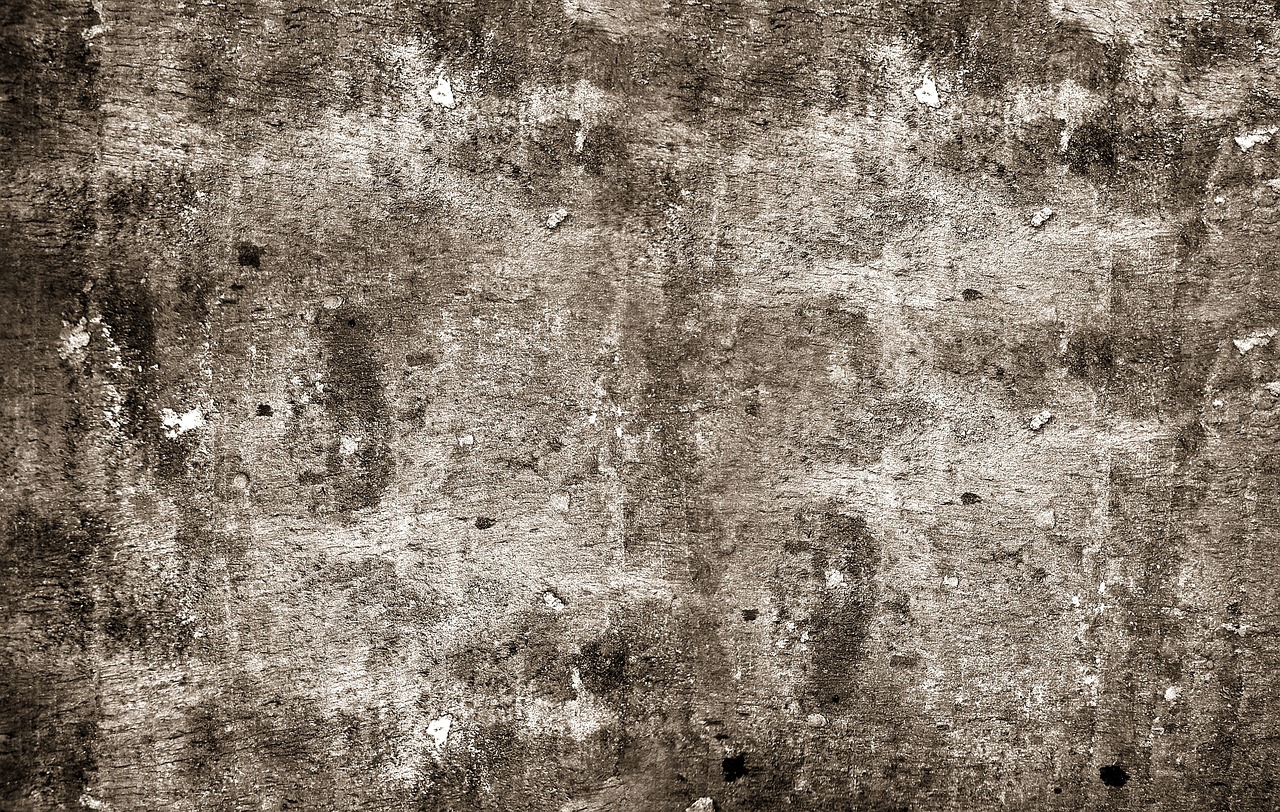Understanding Wood Movement: Woodworker Tips
Welcome to the fascinating world of wood movement! If you’re a woodworker, understanding this natural phenomenon is not just beneficial; it’s essential. Wood, being a living material, reacts to its environment in ways that can surprise even the most seasoned craftsmen. When we talk about wood movement, we’re referring to the way wood expands and contracts due to changes in humidity and temperature. Imagine your favorite wooden chair, which might look perfect one day but feels slightly different the next. That’s wood movement in action! It’s crucial for woodworkers to grasp these concepts to ensure that their projects not only look stunning but also stand the test of time.
So, what exactly is wood movement? In simple terms, it’s the way wood changes size and shape in response to its environment. When the air is humid, wood absorbs moisture and swells. Conversely, in dry conditions, it releases moisture and shrinks. This natural cycle can lead to warping, cracking, or splitting if not properly managed. Understanding wood movement is like learning the dance of your material; it allows you to anticipate its moves and create pieces that are not only beautiful but also durable. Think of it as a relationship—you need to know your partner’s tendencies to avoid stepping on each other's toes!
Several factors come into play when it comes to how wood moves. The most significant ones include wood species, moisture content, and environmental conditions. Each of these factors can dramatically affect how much a piece of wood will expand or contract. For instance, some species are more stable than others, meaning they undergo less movement. Recognizing these elements is crucial for woodworkers, as it helps them make informed decisions during the crafting process. It’s like choosing the right tool for the job; the better your understanding, the smoother the process!
Let’s dive deeper into wood species. Different types of wood exhibit varying degrees of movement. For example, oak and maple are known for their stability, while softer woods like pine can be more unpredictable. When selecting materials for your project, consider the following:
- Stability: Hardwoods generally experience less movement compared to softwoods.
- Usage: Consider where the finished piece will be placed; high humidity areas may require more stable woods.
- Appearance: Some woods may move less but have a grain pattern that doesn’t suit your design.
Hardwoods and softwoods differ not just in their names but also in their movement characteristics. Hardwoods, such as cherry and walnut, tend to be more stable and less prone to warping. On the other hand, softwoods, like spruce and fir, can be more susceptible to changes in humidity. Understanding these differences can guide woodworkers in selecting materials that will perform better in their intended applications. It’s like picking a partner for a dance; you want someone who can keep up with your moves!
Another critical aspect to consider is grain orientation. The way the wood grain runs can significantly affect how the wood expands and contracts. For example, wood will generally move more across the grain than along it. This is why woodworkers must carefully consider grain direction when designing joints and assemblies. A well-thought-out design can minimize movement-related issues and ensure that your project remains stable over time.
Properly managing moisture content is vital for controlling wood movement. Techniques such as acclimatization—allowing wood to adjust to its environment before use—can help prevent surprises down the line. Using moisture meters can also assist woodworkers in maintaining optimal conditions for their projects. Think of it as keeping an eye on the weather; being prepared can save you from unexpected storms!
Now that we understand the factors influencing wood movement, let’s explore some techniques to minimize its effects. Employing these strategies can help ensure that your creations remain stable and visually appealing over time.
When it comes to joint design, creating joints that allow for movement can be a game-changer. Flexible joints, such as mortise and tenon, can provide stability while accommodating the natural expansion and contraction of wood. This approach helps in maintaining the integrity of the piece, much like a well-designed bridge that can sway with the wind without collapsing.
Lastly, applying the right finish can play a crucial role in sealing wood and reducing moisture absorption. Different finishing techniques, such as oil or varnish, can aid woodworkers in preserving the integrity of their projects against movement. Think of it as putting on a raincoat before heading out; it keeps you dry and protects you from unexpected changes!
Q: How can I tell if my wood is too dry or too moist?
A: Using a moisture meter is the best way to measure the moisture content in your wood. Ideally, it should be around 6-8% for indoor projects.
Q: What are the most stable wood species?
A: Some of the most stable species include oak, maple, and cherry. These woods are less likely to warp or crack over time.
Q: Can I prevent wood movement entirely?
A: While you can't prevent wood movement completely, understanding its causes and employing proper techniques can significantly minimize its effects.

What is Wood Movement?
Wood movement is a fascinating yet essential concept that every woodworker should grasp. It refers to the natural tendency of wood to expand and contract in response to changes in humidity and temperature. Imagine wood as a living organism; just like how we might feel bloated on a humid day or tighten up when it’s cold, wood reacts similarly to its environment. This movement is not just a quirky trait of wood; it’s a fundamental characteristic that can significantly impact the quality and durability of woodworking projects.
Understanding wood movement is crucial for woodworkers because it directly influences the longevity and integrity of their creations. When wood absorbs moisture from the air, it swells, and when it dries out, it shrinks. This process can lead to a variety of issues, such as cracks, warping, and joint failures if not properly managed. Therefore, having a solid grasp of how wood behaves under different environmental conditions is key to creating beautiful and lasting pieces.
To put it simply, wood movement can be broken down into two primary types:
- Radial Movement: This occurs when wood expands or contracts across the growth rings, which is typically less pronounced.
- Tangential Movement: This is more significant and happens along the growth rings, leading to more noticeable changes in dimensions.
Wood movement is not something that can be entirely avoided, but with the right knowledge, woodworkers can anticipate and accommodate these changes. By understanding the science behind wood movement, woodworkers can make informed decisions that enhance the stability and aesthetic appeal of their projects. It’s like being a skilled sailor who knows how to navigate the winds and tides; with the right techniques, you can steer your woodworking endeavors toward success.
Several factors, including wood species, moisture content, and environmental conditions, significantly influence how wood moves. Recognizing these elements helps woodworkers make informed decisions during the crafting process.
Different wood species exhibit varying degrees of movement. Some woods are more stable than others, making it essential for woodworkers to choose the right type for their specific projects.
Hardwoods typically experience less movement compared to softwoods. Understanding these differences can guide woodworkers in selecting materials that will perform better in their intended applications.
The orientation of wood grain affects how wood expands and contracts. Woodworkers must consider grain direction when designing joints and assemblies to minimize movement-related issues.
Properly managing moisture content is vital for controlling wood movement. Techniques such as acclimatization and using moisture meters can help woodworkers maintain optimal conditions for their projects.
There are several strategies woodworkers can employ to minimize the effects of wood movement, ensuring their creations remain stable and visually appealing over time.
Designing joints that allow for movement can help accommodate wood expansion and contraction. Flexible joints, such as mortise and tenon, can provide stability while allowing for natural wood movement.
Applying the right finish can help seal wood and reduce moisture absorption. Understanding different finishing techniques can aid woodworkers in preserving the integrity of their projects against movement.
Q: Why does wood move?
A: Wood moves due to changes in moisture content caused by environmental factors such as humidity and temperature.
Q: How can I minimize wood movement in my projects?
A: You can minimize wood movement by selecting stable wood species, managing moisture content, and designing flexible joints.
Q: What is the difference between hardwoods and softwoods in terms of movement?
A: Hardwoods generally exhibit less movement compared to softwoods, making them a better choice for projects requiring stability.
Q: How can I check the moisture content of wood?
A: Using a moisture meter is the most accurate way to check the moisture content of wood before starting a project.

Factors Influencing Wood Movement
When it comes to understanding wood movement, there are several key factors that play a pivotal role in how wood behaves over time. The movement of wood is not just a random occurrence; it is intricately linked to its species, moisture content, and the environmental conditions it is exposed to. By grasping these elements, woodworkers can make informed choices that significantly impact the durability and appearance of their projects.
One of the primary influencers of wood movement is the species of wood itself. Different types of wood have unique cellular structures that determine how they react to changes in humidity and temperature. For instance, hardwoods like oak and maple generally exhibit less movement compared to softwoods like pine or fir. This characteristic is crucial for woodworkers to consider when selecting materials for specific applications, as it can make the difference between a project that remains stable over time and one that warps or cracks.
Another vital aspect is the moisture content of the wood. Wood is a hygroscopic material, meaning it can absorb and release moisture from the environment. When the humidity in the air increases, wood tends to swell, and conversely, it shrinks when the air is dry. This fluctuation can lead to significant movement, especially in larger pieces. Therefore, it’s essential for woodworkers to monitor moisture levels throughout the crafting process. Techniques such as acclimatization—allowing wood to adjust to the environment before use—and employing moisture meters are effective strategies to manage this factor.
The environmental conditions surrounding the wood also play a critical role. Factors such as temperature changes, humidity levels, and even the location of the finished piece (indoors vs. outdoors) can greatly affect how wood behaves. For example, a piece of furniture placed in a humid basement will experience different movement compared to one in a climate-controlled living room. Understanding these environmental influences helps woodworkers anticipate potential issues and take proactive measures to mitigate them.
To summarize, the movement of wood is influenced by a combination of species characteristics, moisture content, and environmental conditions. By recognizing and understanding these factors, woodworkers can make better choices in their projects, ultimately leading to creations that are not only visually appealing but also structurally sound and long-lasting.
- What is the best way to minimize wood movement?
To minimize wood movement, consider using stable wood species, managing moisture content, and designing joints that allow for movement. - How does humidity affect wood?
High humidity causes wood to swell, while low humidity leads to shrinkage. This fluctuation can lead to warping or cracking if not managed properly. - Can I prevent wood movement entirely?
While you cannot completely prevent wood movement, you can significantly reduce its impact by taking appropriate precautions and using the right materials.

Wood Species Characteristics
When it comes to woodworking, understanding the characteristics of different wood species is crucial for achieving the best results. Each type of wood has its own unique properties that influence how it behaves under various environmental conditions. For instance, some woods are naturally more stable and less prone to movement, while others may expand or contract significantly with changes in humidity and temperature. This variability can be likened to how different people react to stress; some remain calm and composed, while others might feel overwhelmed and react unpredictably.
One of the primary factors affecting wood movement is the species itself. Hardwoods, such as oak and maple, typically exhibit less movement compared to softwoods like pine or fir. This is largely due to their denser cellular structure, which provides greater stability. Understanding this distinction can help woodworkers select materials that are better suited for their specific projects, especially when it comes to applications where precision is paramount, such as furniture making or cabinetry.
Additionally, the grain orientation of the wood plays a significant role in how it expands and contracts. Wood that has a straight grain is generally more stable than wood with a wavy or irregular grain. This is because straight-grained wood can expand and contract uniformly, whereas irregular grains may lead to unpredictable movement. For woodworkers, this means that careful consideration of grain orientation is essential when designing joints and assemblies. In essence, choosing the right wood species and grain direction is like picking the right team for a project; the right combination can lead to success, while the wrong choice can result in chaos.
In summary, recognizing the characteristics of various wood species is a fundamental aspect of woodworking. By understanding how different woods behave, woodworkers can make informed decisions that enhance the durability and aesthetic appeal of their creations. Whether it's selecting a stable hardwood for a dining table or a more flexible softwood for decorative elements, the right choice can make all the difference in the longevity and integrity of a project.
- What is the most stable wood species?
Hardwoods like oak and maple are generally considered the most stable due to their dense cellular structure. - How does humidity affect wood movement?
Increased humidity can cause wood to swell, while low humidity can lead to shrinkage, making it crucial for woodworkers to monitor environmental conditions. - Can I reduce wood movement with finishing techniques?
Yes, applying appropriate finishes can help seal wood and minimize moisture absorption, thus reducing movement.

Hardwoods vs. Softwoods
When it comes to woodworking, understanding the distinction between hardwoods and softwoods is like knowing the difference between a sturdy oak table and a delicate pine shelf. Each type of wood has its own unique characteristics, which can significantly influence the way it behaves in terms of movement. Hardwoods, typically derived from deciduous trees, tend to be denser and more durable, making them less prone to significant movement compared to softwoods, which come from coniferous trees.
One of the primary reasons hardwoods experience less movement is their cellular structure. Hardwoods generally have a tighter grain, which provides greater stability. This stability is crucial for projects that require precision, such as fine furniture or cabinetry. On the other hand, softwoods, with their looser grain and lower density, can be more susceptible to changes in humidity and temperature, leading to greater expansion and contraction.
Here’s a quick comparison of some common hardwoods and softwoods:
| Type | Common Species | Typical Uses | Movement Tendency |
|---|---|---|---|
| Hardwoods | Oak, Maple, Cherry | Furniture, Flooring, Cabinets | Low |
| Softwoods | Pine, Cedar, Fir | Construction, Shelving, Paneling | High |
As a woodworker, your choice between hardwoods and softwoods should align with the specific requirements of your project. If you’re crafting a piece that will be exposed to varying environmental conditions, opting for a hardwood might save you from future headaches. However, softwoods can be a fantastic choice for projects where weight and cost are significant factors, and they can be treated to increase their stability.
In conclusion, understanding the fundamental differences between hardwoods and softwoods will empower you to make informed decisions that enhance the durability and aesthetic appeal of your woodworking projects. Remember, the right choice can mean the difference between a project that stands the test of time and one that succumbs to the whims of nature.
- What is the main difference between hardwoods and softwoods? Hardwoods come from deciduous trees and are generally denser and more durable, while softwoods come from coniferous trees and are typically lighter and less stable.
- Can I use softwoods for furniture? Yes, softwoods can be used for furniture, but they may require additional treatment to enhance their stability and durability.
- How can I minimize wood movement in my projects? Proper acclimatization, careful joint design, and the right finishing techniques can help minimize wood movement.

Grain Orientation
When it comes to woodworking, understanding is like knowing the secret handshake to a club. It’s one of those insider tips that can make or break your project. The direction of the wood grain plays a significant role in how the material behaves when subjected to changes in humidity and temperature. Just like how a river flows in a specific direction, wood expands and contracts along its grain, which can lead to unexpected surprises if not taken into account.
Imagine you’re building a beautiful table. You’ve selected the perfect wood, but if you ignore the grain direction, you might find that the tabletop warps or cracks over time. This is because wood moves more across the grain than it does with it. So, let’s break it down a bit:
- With the Grain: When wood expands or contracts along the grain, it generally does so in a predictable manner. This is the direction you want to align your joints and other critical components.
- Against the Grain: This is where things get tricky. Movement against the grain can lead to splintering or cracking, especially in joints that are tightly fitted.
To further illustrate this point, let’s take a look at a simple table that summarizes how grain orientation affects wood movement:
| Grain Orientation | Movement Type | Impact on Project |
|---|---|---|
| With the Grain | Minimal movement | Stable and predictable |
| Against the Grain | Significant movement | Potential for warping or cracking |
As a woodworker, you should always consider grain orientation when designing your projects. For instance, if you’re creating a frame for a cabinet, it’s best to align the grain in a way that minimizes movement across joints. This might mean planning out your cuts and joints meticulously, but the payoff is well worth the effort. Think of it as setting the foundation for a house; if the foundation is solid, the house stands strong against the elements.
In conclusion, understanding grain orientation is essential for anyone looking to create lasting and beautiful wooden pieces. By paying attention to how wood behaves in relation to its grain, you can avoid common pitfalls and ensure that your projects remain intact and stunning for years to come. So, the next time you pick up a piece of wood, take a moment to observe the grain and let it guide your crafting decisions.

Moisture Content Management
Managing moisture content is a crucial aspect of wood movement that every woodworker should master. Think of wood as a living organism; it breathes, expands, and contracts in response to its environment. When the humidity levels rise, wood absorbs moisture and swells. Conversely, when the air is dry, it releases moisture and shrinks. This natural behavior can lead to warping, cracking, and joint failures if not properly managed. So, how can you keep your wood in tip-top shape?
One effective technique is acclimatization. Before you start working with your wood, allow it to sit in the environment where it will ultimately be used. This process can take anywhere from a few days to a couple of weeks, depending on the type of wood and the conditions. By doing this, you give the wood a chance to adjust to the temperature and humidity levels, significantly reducing the chances of movement once your project is complete.
Another essential tool in your arsenal is a moisture meter. This handy device allows you to measure the moisture content of your wood accurately. Ideally, you want your wood to be at a moisture content level between 6% and 8% for indoor projects. If your wood is too wet or too dry, it can lead to unwanted movement. By regularly checking moisture levels, you can make informed decisions about when to start working with your materials.
In addition to these methods, consider using a dehumidifier or a humidifier in your workspace, depending on the prevailing conditions. If you live in a particularly humid area, a dehumidifier can help reduce moisture in the air, keeping your wood stable. Conversely, if you’re in a dry climate, a humidifier can help maintain a consistent moisture level, ensuring your wood doesn’t dry out too quickly.
Lastly, always remember that the type of finish you choose can also play a significant role in moisture management. Sealing your wood with a quality finish not only protects it from moisture but also reduces its ability to absorb or release moisture rapidly. This is particularly important for wood used in environments that experience significant humidity fluctuations.
Managing moisture content is not just a technical requirement; it's an art form that can make or break your woodworking projects. By acclimatizing your wood, using moisture meters, controlling your workspace environment, and applying the right finishes, you can significantly minimize the adverse effects of wood movement. Remember, a little foresight goes a long way in preserving the beauty and integrity of your projects!
- What is the ideal moisture content for woodworking? The ideal moisture content for most indoor projects is between 6% and 8%.
- How long should I acclimatize my wood? Acclimatization can take anywhere from a few days to a couple of weeks, depending on the wood type and environment.
- Can I use a moisture meter on finished wood? Yes, moisture meters can be used on finished wood, but results may vary due to the finish affecting readings.
- What happens if my wood is too wet? If your wood is too wet, it can lead to warping, cracking, and joint failures once the project is completed.

Techniques to Minimize Wood Movement
When it comes to woodworking, understanding and managing wood movement is essential for creating durable and aesthetically pleasing projects. Fortunately, there are several techniques that woodworkers can employ to minimize the effects of wood movement, ensuring that their creations stand the test of time. By implementing these strategies, you can significantly enhance the stability of your woodworking projects and avoid common pitfalls associated with wood expansion and contraction.
One of the first considerations is the design of joints. By designing joints that accommodate movement, you can allow the wood to expand and contract without compromising the integrity of the structure. For instance, using flexible joints such as mortise and tenon joints can provide the necessary stability while also allowing for natural wood movement. This flexibility is crucial, especially in projects that will be exposed to varying humidity and temperature conditions.
Another effective technique involves finishing. The application of the right finish can create a protective seal around the wood, significantly reducing moisture absorption. This is vital because excess moisture can lead to warping and cracking. Different finishing techniques, such as oil-based finishes or water-resistant varnishes, can help woodworkers preserve the integrity of their projects. It’s important to choose a finish that complements the type of wood you are using and the environment in which the piece will reside.
Moreover, acclimatization plays a pivotal role in managing wood movement. Before starting your project, allow the wood to adjust to the humidity and temperature of its intended environment. This process can take several days or even weeks, depending on the wood species and local climate conditions. By acclimatizing your wood, you can significantly reduce the amount of movement that occurs once the project is completed.
Additionally, using moisture meters can be an invaluable tool for woodworkers. These devices help you monitor the moisture content of your wood, allowing you to make informed decisions about when to start working on your project. Keeping the moisture content within an optimal range can prevent unexpected movement and ensure that your final product remains stable.
Lastly, consider the use of wood stabilizers or treatments. These products are designed to penetrate the wood and help reduce its ability to absorb moisture. By stabilizing the wood fibers, you can minimize movement and enhance the overall durability of your projects. However, it’s important to follow the manufacturer's instructions carefully to avoid any adverse effects on the wood’s appearance or performance.
In summary, by focusing on joint design, choosing the right finishing techniques, acclimatizing your wood, utilizing moisture meters, and considering wood stabilizers, you can effectively minimize wood movement in your projects. These techniques not only enhance the durability of your creations but also ensure that they maintain their beauty over time.
- What causes wood movement?
Wood movement is primarily caused by changes in humidity and temperature, which affect the moisture content of the wood. - How can I tell if my wood is properly acclimatized?
Wood is properly acclimatized when its moisture content is stable and matches the environment in which it will be used. - Are all wood species affected by movement?
Yes, all wood species experience movement to some degree, but the extent varies based on the species and its characteristics. - Can I prevent wood movement entirely?
While you cannot prevent wood movement entirely, you can manage and minimize its effects through proper techniques and practices.

Joint Design Considerations
When it comes to woodworking, joint design plays a pivotal role in managing wood movement. Think of joints as the backbone of your project; they hold everything together while also allowing for the natural expansion and contraction of wood. If designed poorly, joints can become the weak link in your project, leading to unsightly gaps or even structural failure over time. Therefore, understanding how to create joints that accommodate wood movement is essential for any woodworker.
One effective strategy is to utilize joints that allow for some degree of flexibility. For instance, the classic mortise and tenon joint is a favorite among woodworkers for its strength and adaptability. This joint not only provides stability but also permits slight movement, which can be a lifesaver when dealing with humidity changes. By allowing for this natural movement, you can avoid the dreaded cracks or splits that can occur when wood is forced to stay rigid.
Another consideration is the orientation of the joint in relation to the wood grain. The grain direction significantly impacts how wood expands and contracts. For example, if you create a joint perpendicular to the grain, it may not hold up well under stress. Instead, aligning the joint with the grain can help mitigate movement issues. It's akin to building a bridge over a river; if you go against the flow, you're likely to face challenges.
Moreover, using expansion joints is another clever way to deal with wood movement. These joints are specifically designed to allow wood to expand without restriction. They can be particularly useful in larger projects like tabletops or cabinetry, where the surface area is significant and prone to movement. By incorporating expansion joints, you can maintain the aesthetic appeal of your project while ensuring its durability.
Lastly, it’s essential to consider the materials used in the joints themselves. Different adhesives and fasteners have varying degrees of flexibility. For example, traditional wood glue dries hard and can be less forgiving when wood movements occur, while flexible adhesives offer a bit more leeway. Choosing the right materials can enhance the effectiveness of your joint design and contribute to the overall longevity of your piece.
In summary, joint design is not just about aesthetics; it's a fundamental aspect of woodworking that can make or break your project. By understanding the dynamics of wood movement and incorporating flexible designs, you can create beautiful, lasting pieces that withstand the test of time.
- What is the best joint for accommodating wood movement? The mortise and tenon joint is highly regarded for its strength and flexibility.
- How can I tell if my joints are strong enough? Conduct a test by applying pressure; if they hold firm without any give, you’re on the right track.
- What materials should I avoid when making joints? Avoid rigid adhesives that do not allow for expansion or contraction.

Finishing Techniques
This article explores the essential concepts of wood movement, offering valuable insights and practical tips for woodworkers to manage and anticipate changes in wood due to environmental factors.
Wood movement refers to the natural expansion and contraction of wood due to changes in humidity and temperature. Understanding this phenomenon is crucial for woodworkers to ensure the longevity and integrity of their projects.
Several factors, including wood species, moisture content, and environmental conditions, significantly influence how wood moves. Recognizing these elements helps woodworkers make informed decisions during the crafting process.
Different wood species exhibit varying degrees of movement. Some woods are more stable than others, making it essential for woodworkers to choose the right type for their specific projects.
Hardwoods typically experience less movement compared to softwoods. Understanding these differences can guide woodworkers in selecting materials that will perform better in their intended applications.
The orientation of wood grain affects how wood expands and contracts. Woodworkers must consider grain direction when designing joints and assemblies to minimize movement-related issues.
Properly managing moisture content is vital for controlling wood movement. Techniques such as acclimatization and using moisture meters can help woodworkers maintain optimal conditions for their projects.
There are several strategies woodworkers can employ to minimize the effects of wood movement, ensuring their creations remain stable and visually appealing over time.
Designing joints that allow for movement can help accommodate wood expansion and contraction. Flexible joints, such as mortise and tenon, can provide stability while allowing for natural wood movement.
Applying the right finish is not just about aesthetics; it's a crucial step in preserving the integrity of your wood projects against movement. A good finish acts as a barrier, reducing moisture absorption and preventing the wood from swelling or shrinking excessively. Here are some popular finishing techniques that woodworkers should consider:
- Oil Finishes: These penetrate deeply into the wood, enhancing its natural beauty while providing a degree of moisture resistance. Popular options include tung oil and linseed oil.
- Varnishes: These create a hard, protective layer on the surface of the wood. They are excellent for high-traffic areas due to their durability.
- Shellac: This traditional finish is easy to apply and dries quickly. It provides a warm, amber tone and is often used for fine furniture.
- Water-based Finishes: These are low in VOCs (volatile organic compounds) and dry quickly. They are great for projects where color clarity is essential.
When selecting a finish, consider the specific needs of your project. For instance, if you're working on a dining table, you might prioritize durability and moisture resistance. On the other hand, if you're finishing a decorative piece, you might focus more on enhancing the wood's natural grain. Don't forget to apply finishes in a well-ventilated area and follow the manufacturer's instructions for the best results.
Additionally, always test your chosen finish on a scrap piece of wood before applying it to your project. This practice allows you to see how the finish interacts with the wood grain, ensuring you achieve the desired look.
- What is the best finish for preventing wood movement?
The best finish depends on the specific application, but oil finishes and varnishes are commonly recommended for their moisture-resistant properties.
- How can I tell if my wood is too dry or too moist?
Using a moisture meter is the most reliable way to measure the moisture content in wood. Ideally, wood should be around 6-8% moisture for indoor projects.
- Can I use multiple types of finishes on the same project?
Yes, but it's essential to ensure compatibility between finishes. Always test on a scrap piece first.
Frequently Asked Questions
- What causes wood movement?
Wood movement is primarily caused by changes in humidity and temperature. As the moisture content in the air fluctuates, wood absorbs or releases moisture, leading to expansion or contraction. This natural process can be influenced by various factors, including the type of wood and its grain orientation.
- How can I minimize wood movement in my projects?
To minimize wood movement, consider using joints that allow for expansion and contraction, like mortise and tenon joints. Additionally, managing moisture content through acclimatization and using moisture meters can help maintain stability. Applying the right finish can also seal the wood and reduce moisture absorption.
- Does the type of wood affect movement?
Absolutely! Different wood species have unique characteristics that affect their stability. Hardwoods generally experience less movement compared to softwoods. Choosing the right type of wood for your project is essential to ensure longevity and minimize issues related to movement.
- How does grain orientation affect wood movement?
The orientation of the wood grain plays a significant role in how it expands and contracts. Woodworkers must consider grain direction when designing joints and assemblies. Aligning the grain properly can help reduce movement-related problems and maintain the integrity of the final product.
- What is the best way to manage moisture content?
Managing moisture content involves several techniques, such as acclimatizing wood before use and regularly checking moisture levels with a moisture meter. Keeping your workspace at a stable humidity level can also help prevent drastic changes that lead to wood movement.



















